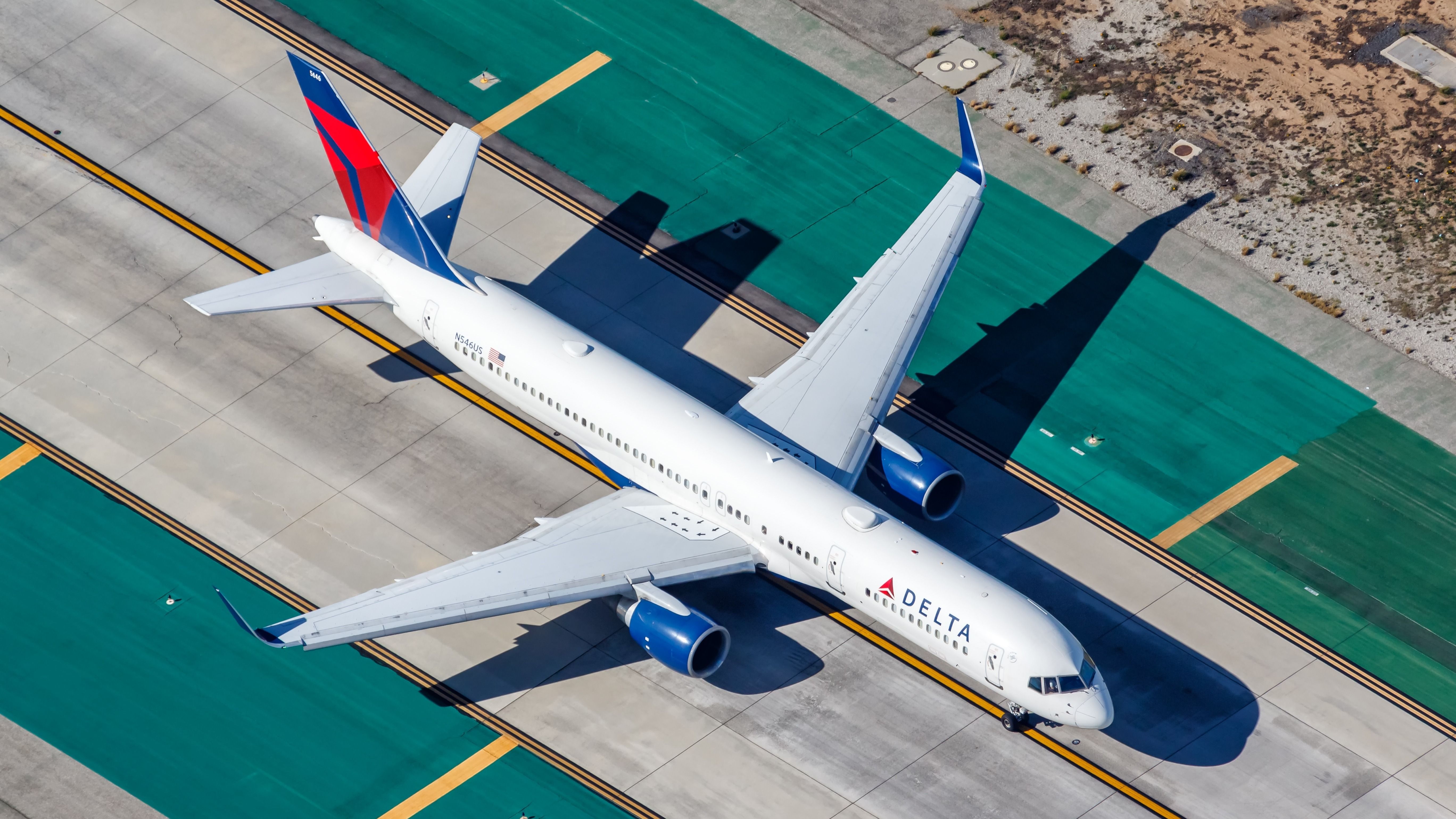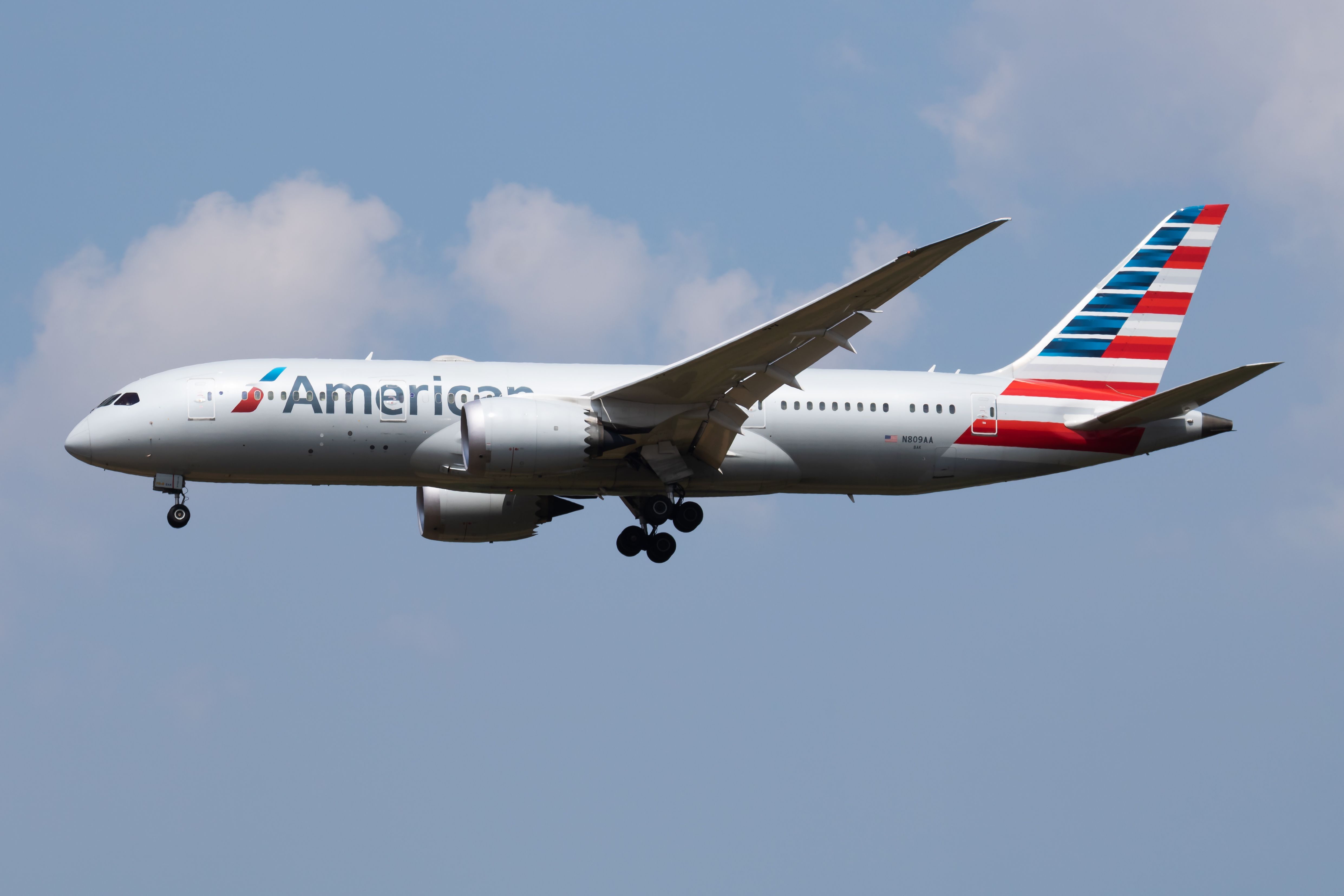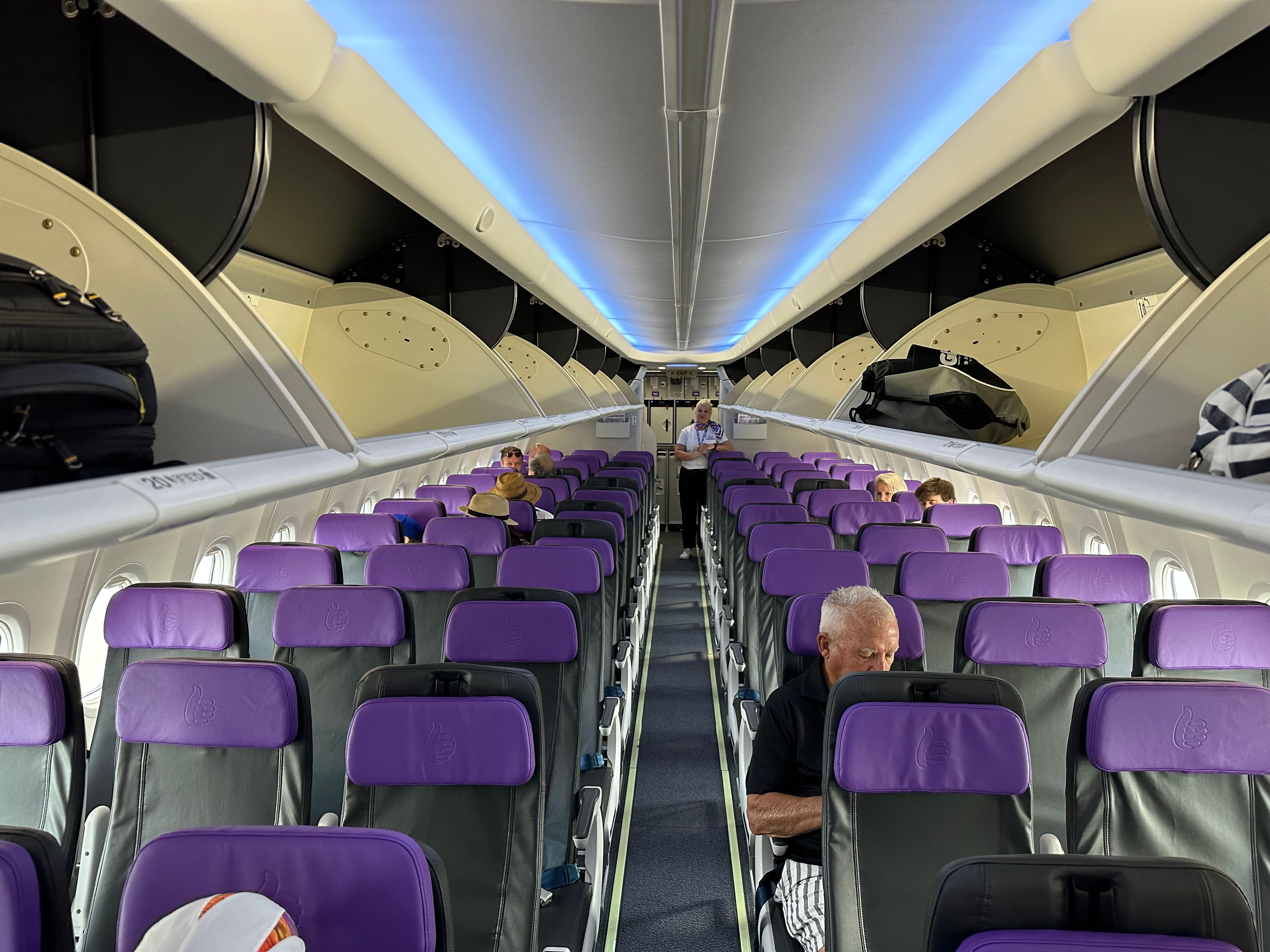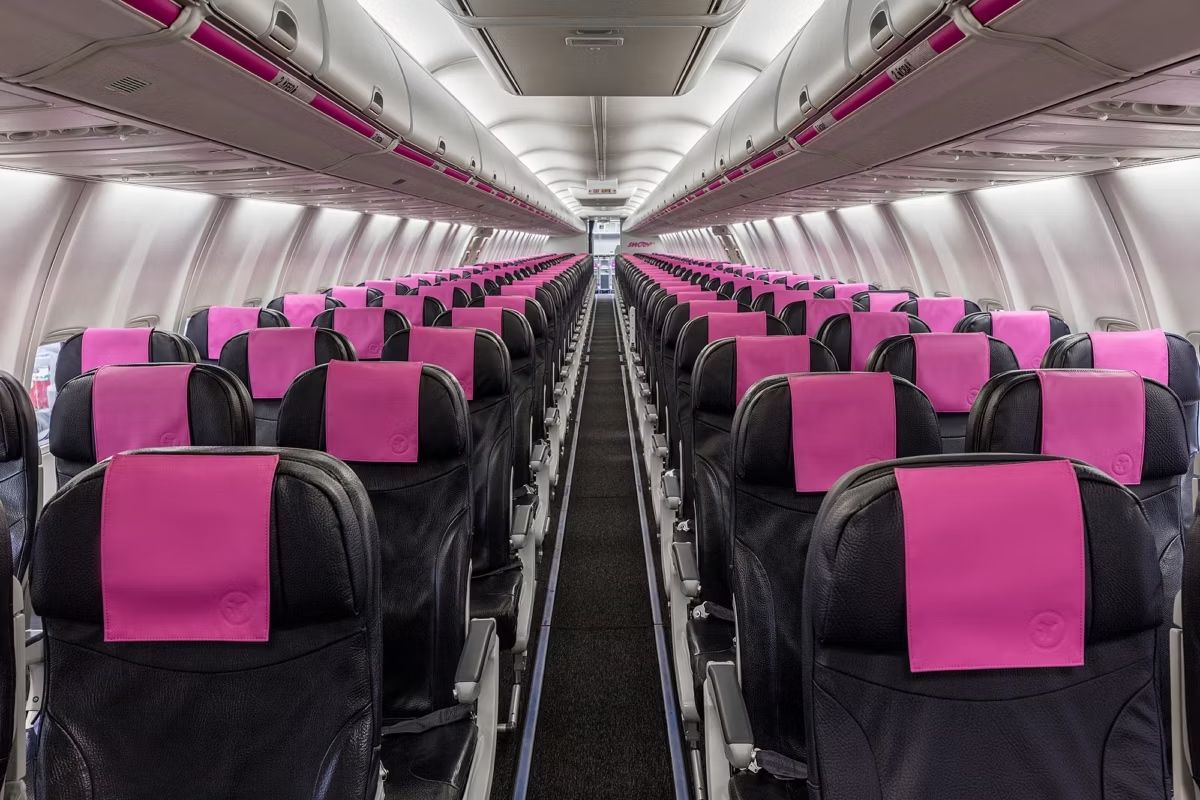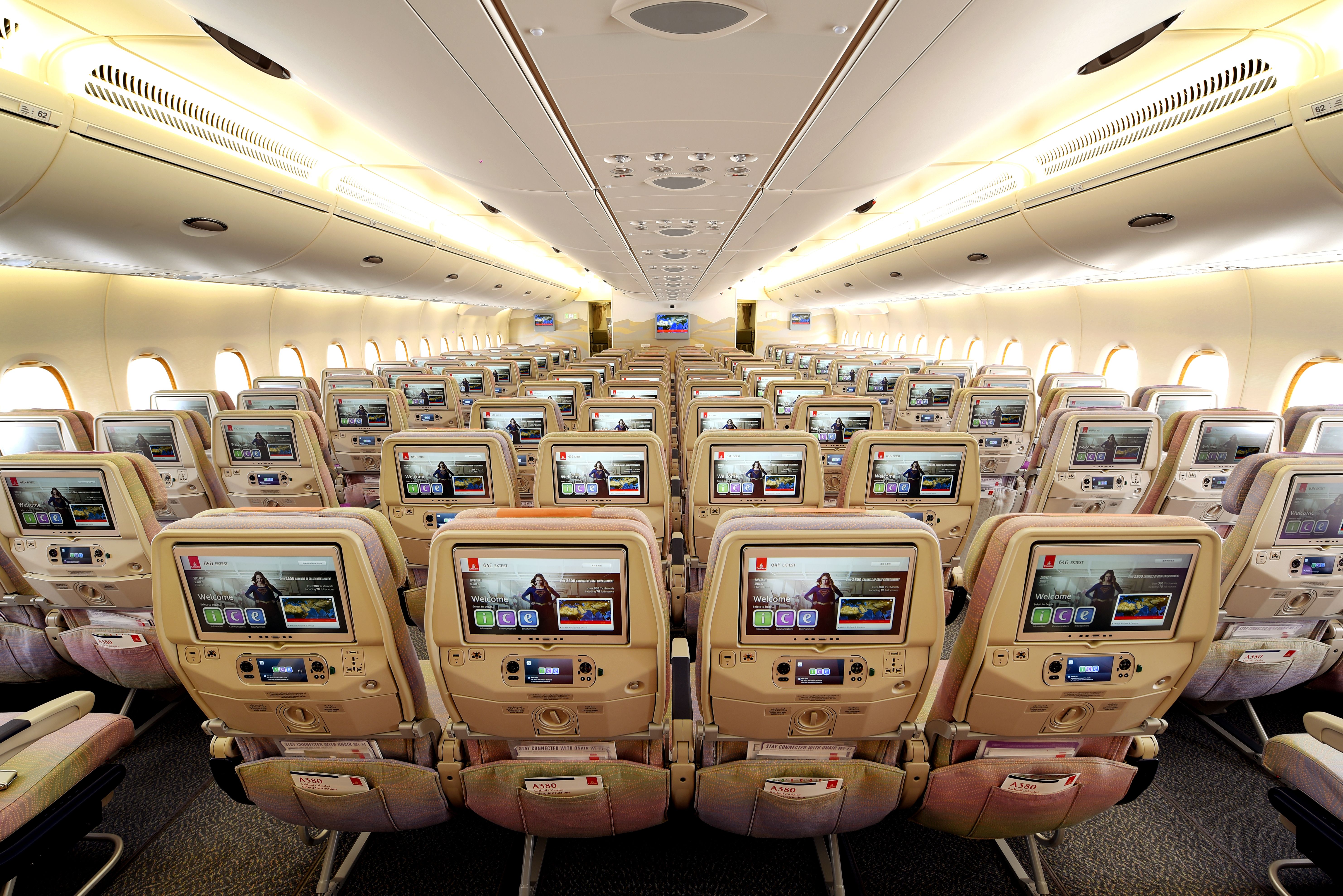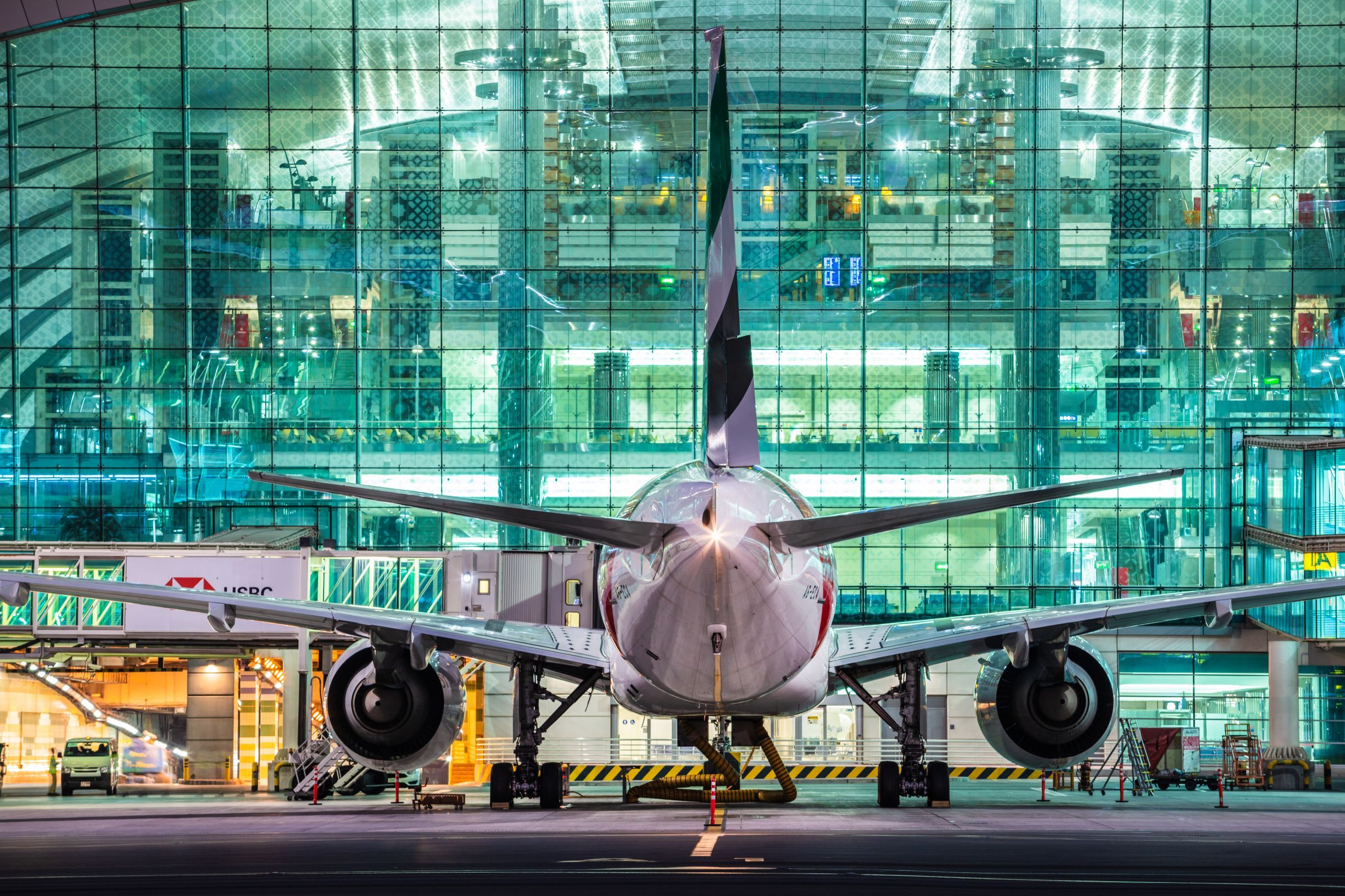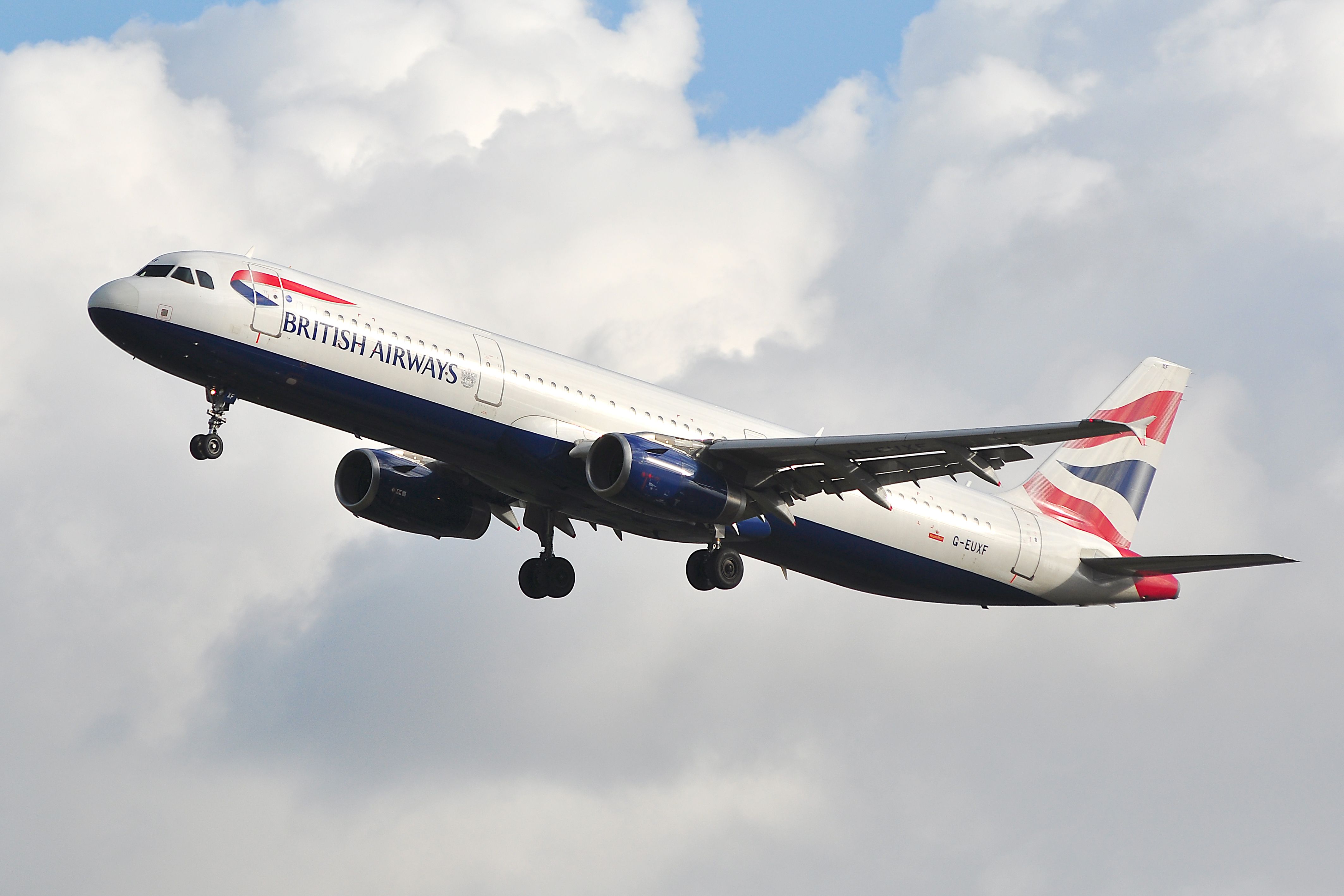Summary
- The world of aviation is moving towards long and skinny routes, connecting secondary cities with weaker demand, which has led to the demise of hub-to-hub aircraft.
- Narrowbody aircraft, like the Airbus A321XLR, will soon be used even more widely for long-haul routes, offering a range of up to 4,700 nautical miles and making them popular with airlines.
- Widebody aircraft have double the range of narrowbodies, but narrowbodies consume less fuel, have quicker boarding and deplaning times, and can provide comparable seating comfort.
One of the defining trends in aviation is the movement towards long and skinny routes, or those that connect secondary cities and experience weaker demand than routes between major transportation hubs. This has led to the demise of several aircraft designed for hub-to-hub transport as point-to-point travel has become more common.
However, many of these new long-haul routes are being operated by narrowbody aircraft, and the incoming Airbus A321XLR is certainly set to make its mark on the market. In this article, we will take a deeper look at the dichotomy between widebody and narrowbody airliners.
Common widebody aircraft
Long-haul flights are any flights spanning about six hours or more nonstop. To better understand which aircraft type is better, we'll start by comparing some characteristics of the most used narrowbody and widebody jets on long-haul routes worldwide.
Get all the latest aviation news right here on Simple Flying
The largest two passenger airliners ever mass-produced, the Boeing 747 and the Airbus A380, were both specifically designed to be optimized for long-haul point-to-point routes. Both jets are currently out of production, and operators are retiring them in droves. Today, you are far more likely to encounter the Airbus A350 or the Boeing 787 on long-haul routes, and on shorter routes, you will likely spot narrowbodies such as the A321LR and the Boeing 737 MAX. In a few years, the A321XLR, with an industry-leading range of up to 4,700 nautical miles, is sure to become popular with airlines.
Widebodies
Airbus A350-900
- Range: 15,000 km (8,000 nautical miles)
- Cruise speed: 903 km/h (561 mph)
- Seating capacity: 300 - 350 passengers (3-class configuration)
- Estimated fuel burn: 5,600 kg/h
Boeing 787-8
- Range: 14,140 km (7,600 nautical miles)
- Cruise speed: 913 km/h (567 mph)
- Seating capacity: 230 - 240 passengers (3-class configuration)
- Estimated fuel burn: 5,500 kg/h
Narrowbodies
Airbus A321LR
- Range: 7,400 km (4,000 nautical miles)
- Cruise Speed: 830 km/h (515 mph)
- Seating Capacity: 200 - 210 passengers (2-class configuration)
- Estimated fuel burn: 2,000 kg/h
Boeing 737 MAX
- Range: 7,130 km (3,850 nautical miles)
- Cruise Speed: 839 km/h (521 mph)
- Seating Capacity: 138 - 204 passengers (2-class configuration)
- Estimated fuel burn: 2,000 kg/h
Airbus A321XLR
- Range: 8,700 km (4,700 nautical miles)
- Cruise Speed: 830 km/h
- Seating Capacity: 180-220 passengers (2-class configuration)
- Estimated fuel burn: 2,000 kg/h
These are some of the facts to be considered when choosing widebodies or narrowbodies on long-haul routes. Twin-aisle aircraft have ranges almost double those of single-aisle jets, making them ideal for ultra-long-haul routes. However, single-aisle aircraft consume less fuel per kilometer, making them cheaper to operate.
Long-haul narrowbody flights and the XLR
One of the longest-range narrowbodies is the Airbus A321XLR, which is expected to enter service in early to mid-2024. With over 550 orders for the type, Airbus has aimed to successfully introduce a new middle-of-the-market aircraft capable of covering long-haul flights without compromising efficiency and causing overcapacity. While some will complain that a long-haul flight on a narrowbody will be brutal, there are other points to consider.
Pros
Narrowbodies are, at the end of the day, significantly smaller. The soon-to-come A321XLR can seat between 180 and 220 passengers in a two-class configuration. A widebody, like the A330neo, can seat around 300 passengers in a typical two-class configuration. As a result, this means that, with the smaller plane, less time is spent on the ground because boarding can be completed quicker. In addition, deplaning will take less time.
At the airport, fewer people will be in line ahead of you if you deplane last. Furthermore, with fewer passengers, airlines will have to handle fewer bags, so the wait at baggage claim should be less than it would be with a widebody flight.
Most widebody aircraft have a 3-3-3 or 3-4-3 configuration. The A321XLR and 737 MAX both seat six abreast in a 3-3 configuration. So, overall, flying on a narrowbody is not entirely less comfortable than on a widebody in terms of seating configuration. In fact, on some narrowbodies, the seat width is greater than that of widebody aircraft!
Fuel consumption on a narrowbody is much lower compared to their broader counterparts. Airbus claims the A321XLR to have 30% less fuel burn than previous-generation aircraft. Above all else, the aviation industry is dominated by economics, and these reductions in fuel burn could soon make the jet a favorite among long-haul operators.
Cons
Obviously, with a smaller narrowbody aircraft, there isn't much room to move around. With only one aisle, there is less space to walk around the cabin. In addition, during meal services, this can lead to difficulty navigating to a lavatory.
Wizz Air Isn't Worried About The Narrowbody Passenger Experience
The cabin crew may have issues, as narrowbodies do not allow crew rests. Airlines may block off a portion of seats, as United does with many of their Boeing 767 aircraft, or flight attendants may be restricted to the galley during flight.
Ultimately, this could lead to some discomfort for the cabin crew. Moreover, with fewer crew onboard, some may experience a poorer quality of service compared to a widebody with greater staffing. However, concerns about a decrease in service quality are usually assuaged when one recalls that narrowbodies will also have far fewer passengers for flight attendants to take care of.
Both long-range single aisles in the sky today, the Boeing 737 MAX 8 and the Airbus A321LR, have extended ranges compared to other narrowbodies. While they still do not fly as far as the widebodies, airlines operating very long direct flights can deploy them on specific routes. However, they may not have enough capacity to serve passenger demand on high-traffic routes.
Long-haul widebody flights
Widebodies are exceptionally common on long-haul flights. Most people associate long-haul flying with widebodies. These aircraft typically have far more range than long-haul narrowbodies and operate some of the world's longest flights.
Pros
As is to be expected, twin-aisle aircraft offer passengers far more space to move around and allow carriers to experiment with more spacious configurations in business-class cabins. Furthermore, there is far more likely to be an issue of crowding in the aisles when it comes to passengers and the crew.
The cabin crew also has dedicated crew rest areas. These are welcome features for flight attendants working on a long-haul flight. Furthermore, widebodies generally allow for more significant overhead bin space onboard, meaning most passengers will have access to their personal items mid-flight, and fewer will have to retrieve gate-checked bags at their destinations.
Cons
Obviously, with more people onboard, it can take longer for all passengers to disembark. For passengers who are the last to deplane, this can prove quite a challenge on international flights as they will be last in line at customs and immigration. Furthermore, passengers hoping to make tight connections will likely be in a far worse position.
Some widebodies also have incredibly narrow seats and tight configurations. These configurations are possible because airlines can be more flexible with twin-aisle options and are especially common with long-haul budget airlines. High-density widebodies can be more uncomfortable than narrowbodies.
Which is better?
Most people will prefer a long-haul flight on a widebody. However, that does not necessarily mean a widebody is a superior option. Airlines are increasingly moving forward with narrowbodies on long-haul routes, as doing so opens up additional options for new routes and additional capacity.
Passengers who would prefer to spend less time traveling may find that a single long-haul flight on a narrowbody is better than two flights with one (or both) being operated with widebody aircraft. Nevertheless, a narrowbody long-haul flight is not necessarily bad.
With continued advancements in aircraft technology, narrowbodies will be able to fly further and further in the coming years. With the introduction of the A321XLR next year, narrowbodies on long-haul transoceanic routes could soon be part of the norm.
Do you prefer widebodies or narrowbodies for long-haul flights? Would you fly a narrowbody long-haul flight? Let us know in the comments!

